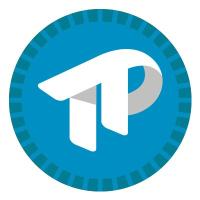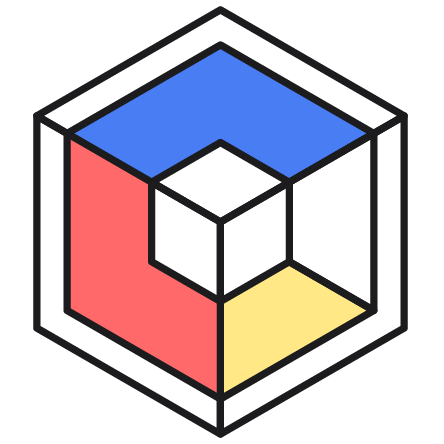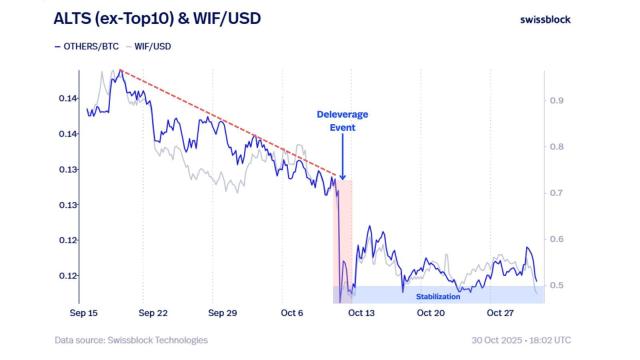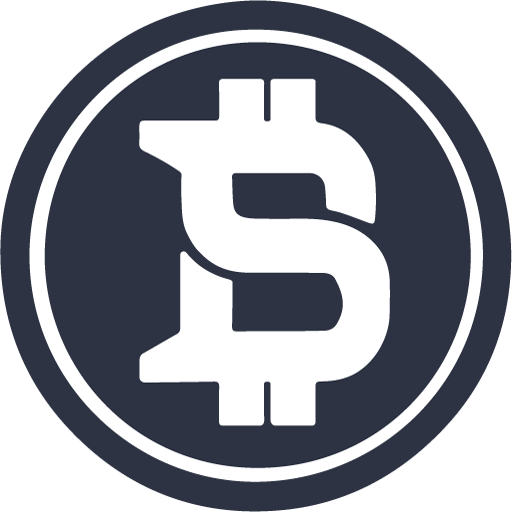With The Sandbox's growth momentum strengthening in the second quarter of 2025, the potential for a resurgence in the NFT ecosystem is drawing attention. According to Messari Research, even amidst a correction in the Bitcoin (BTC) and Ethereum (ETH)-centric digital asset market, The Sandbox, a metaverse-based social gaming platform, has demonstrated significant performance across various activity indicators.
Among all NFTs, non-LAND assets recorded $117,726 in secondary market sales, a 52.1% increase year-over-year. The number of daily active non-LAND buyers also surged 78.2% to 264.7, confirming user engagement as a driving force behind the platform's growth. Evan Zakhary of Messari Research attributed the increased trading activity to the launch of Alpha Season 5, which featured Jurassic World.
Transaction volume also continued to perform well. Total secondary market transactions reached $859,710, a 10.9% increase compared to the first quarter, indicating robust demand for The Sandbox despite the overall market downturn. Land assets accounted for approximately 86% of the total, with a transaction volume of $733,245, a slight decrease from the previous quarter. Conversely, non-land assets saw a significant increase in transaction volume compared to the same quarter last year, contributing to the diversification of the ecosystem.
The market price of the SAND token has been sluggish. As of the end of Q2, SAND was trading at $0.28, down 33.1% from $0.42 in Q1. However, community enthusiasm, despite the token price decline, remained strong, driven by increased alpha season participation and ongoing user influx events such as the Adventure World land sale. Alpha Season 5, in fact, saw strong retention rates, including new and returning users, and the Jurassic World-themed Dinosaur Egg NFT collection and utilization feature was well-received by participants.
The diversity of ecosystem assets, including independent brands, renowned IP, and NFT-capable assets, is another differentiating factor for The Sandbox. Currently available asset classes include SAND, LAND, ASSET, AVATARS, CATALYST, and various development tools, all of which offer tradability and monetization within a user-participatory Web3 economy.
Meanwhile, staking indicators deteriorated slightly. According to a Mesari Research report, 0.52% (42.1 million SAND) of circulating SAND was staked by the end of Q2, down from 0.76% in Q1. Notably, the staking pool of non-LAND asset holders accounted for 60.8% of the total, reflecting flexible access and risk aversion. The Sandbox officially ended its staking program at the end of June, withdrawing remaining funds and undergoing some restructuring.
New governance trends have also emerged in DAO activities. The Sandbox DAO Grant Program (SDGP), established through proposal SIP-25, introduced a structured funding mechanism for ecosystem creators and community builders. Furthermore, proposal SIP-29, which aims to host a live event with the winning teams of the Impact Game Jam, reflects a commitment to implementing creator-centric initiatives. This demonstrates that DAO participation is evolving beyond mere opinion-sharing to action-based governance.
Ultimately, the second quarter of 2025 was a period when The Sandbox demonstrated tangible results in its ecosystem expansion. Messari Research attributed this user base growth and NFT trading resilience, even amidst a market-wide bear market, to the platform's unique brand partnership strategy, content enhancement efforts, and increased participation in DAO governance. Whether the ecosystem expansion can continue beyond the short-term risk of a falling SAND price will be a key focus in the coming quarters.
Get real-time news... Go to TokenPost Telegram
Copyright © TokenPost. Unauthorized reproduction and redistribution prohibited.








